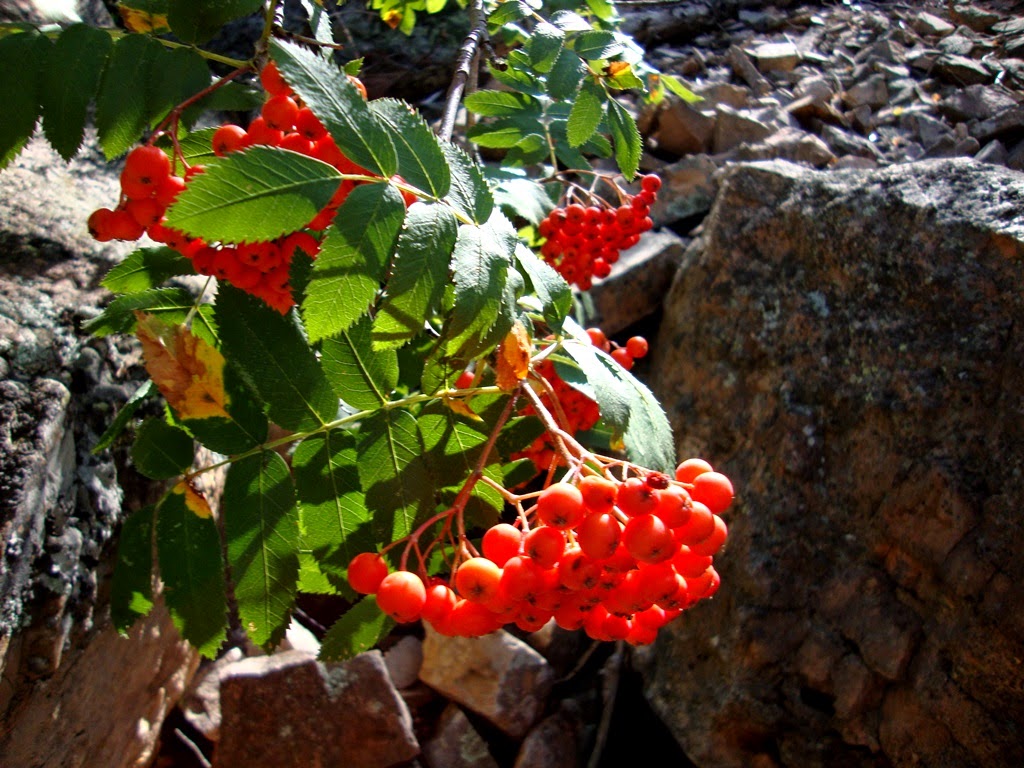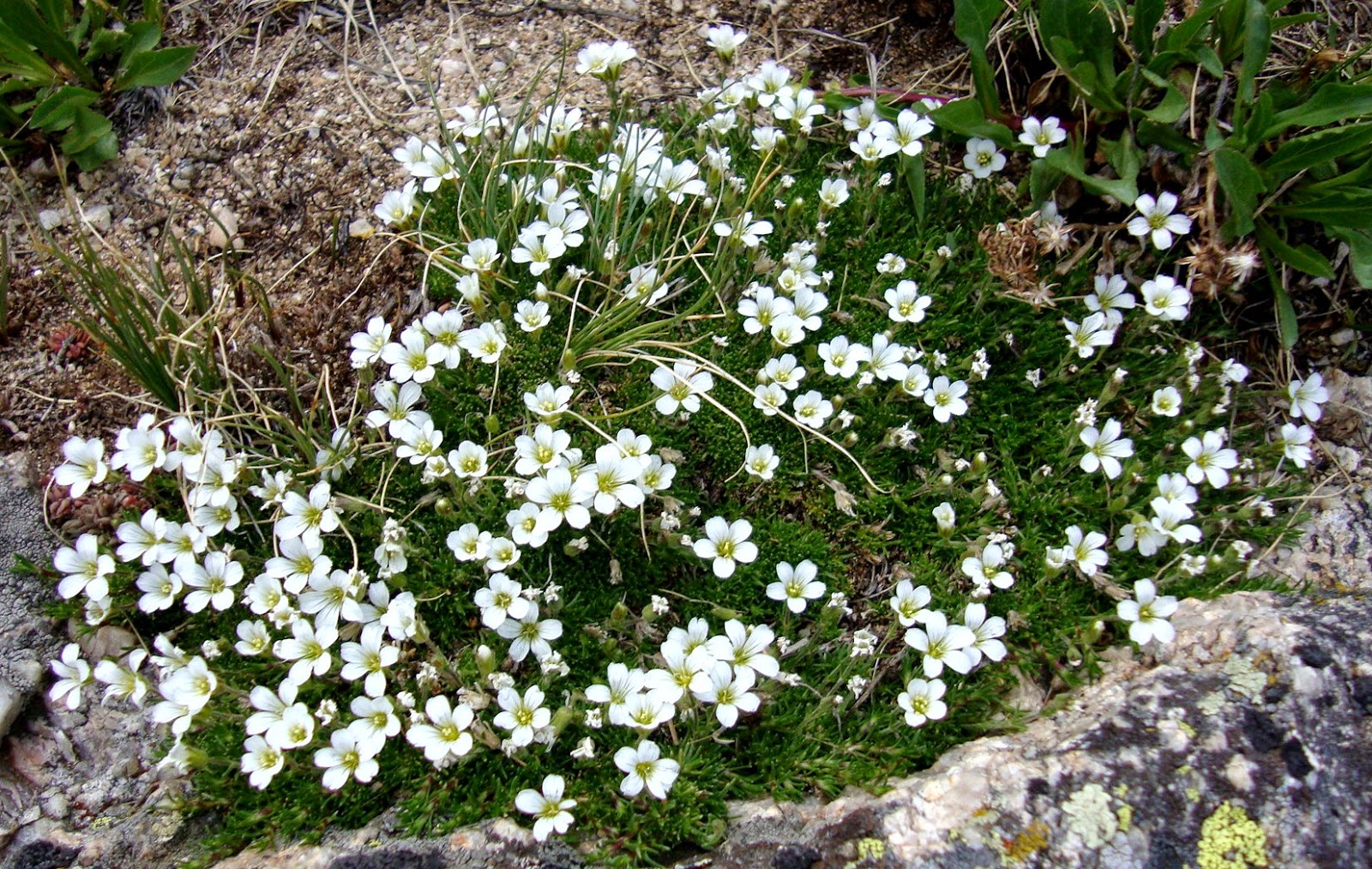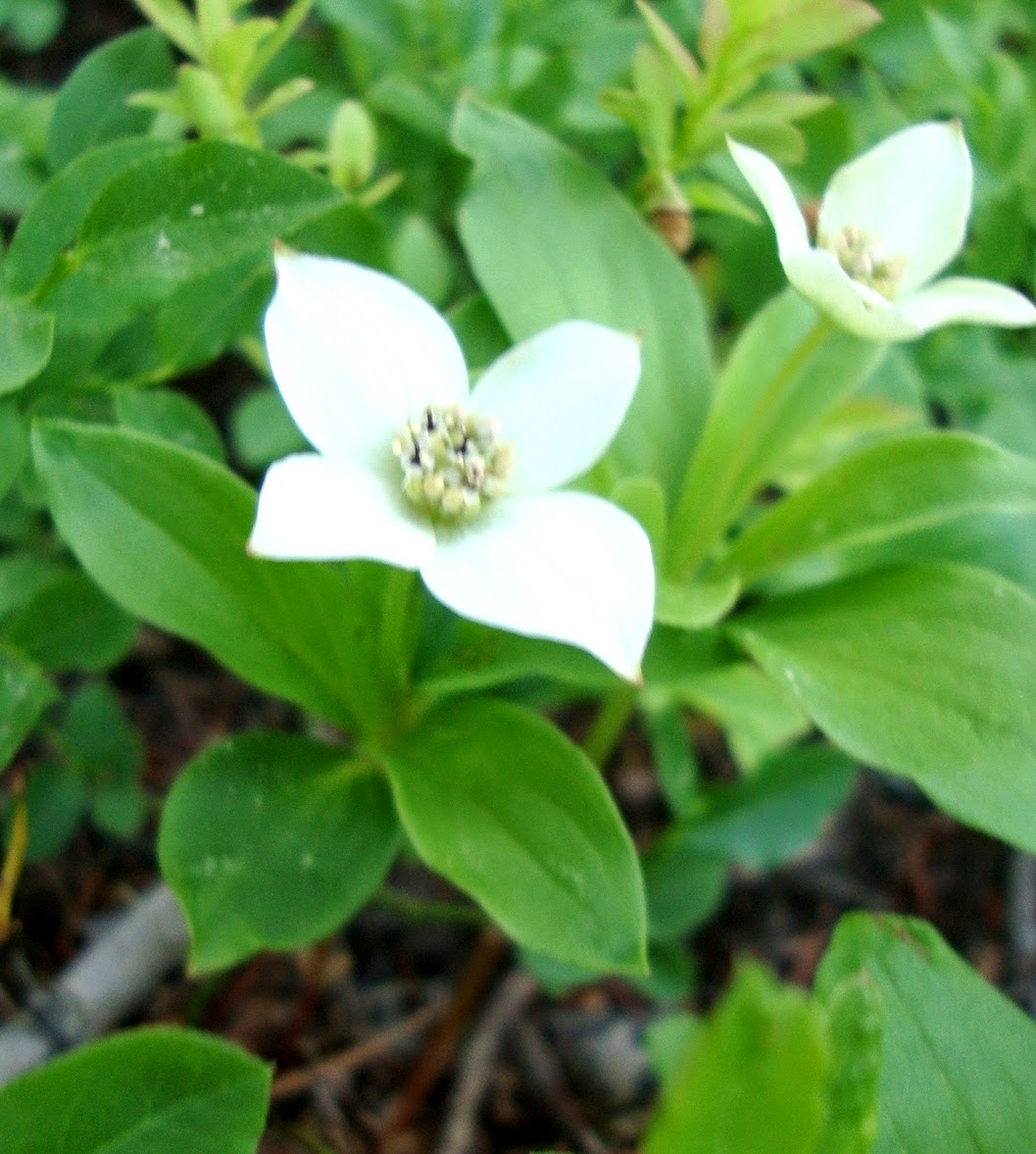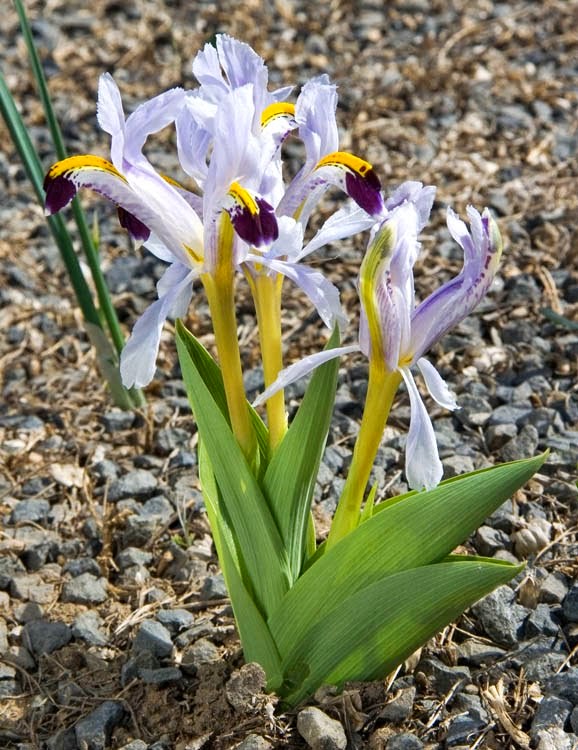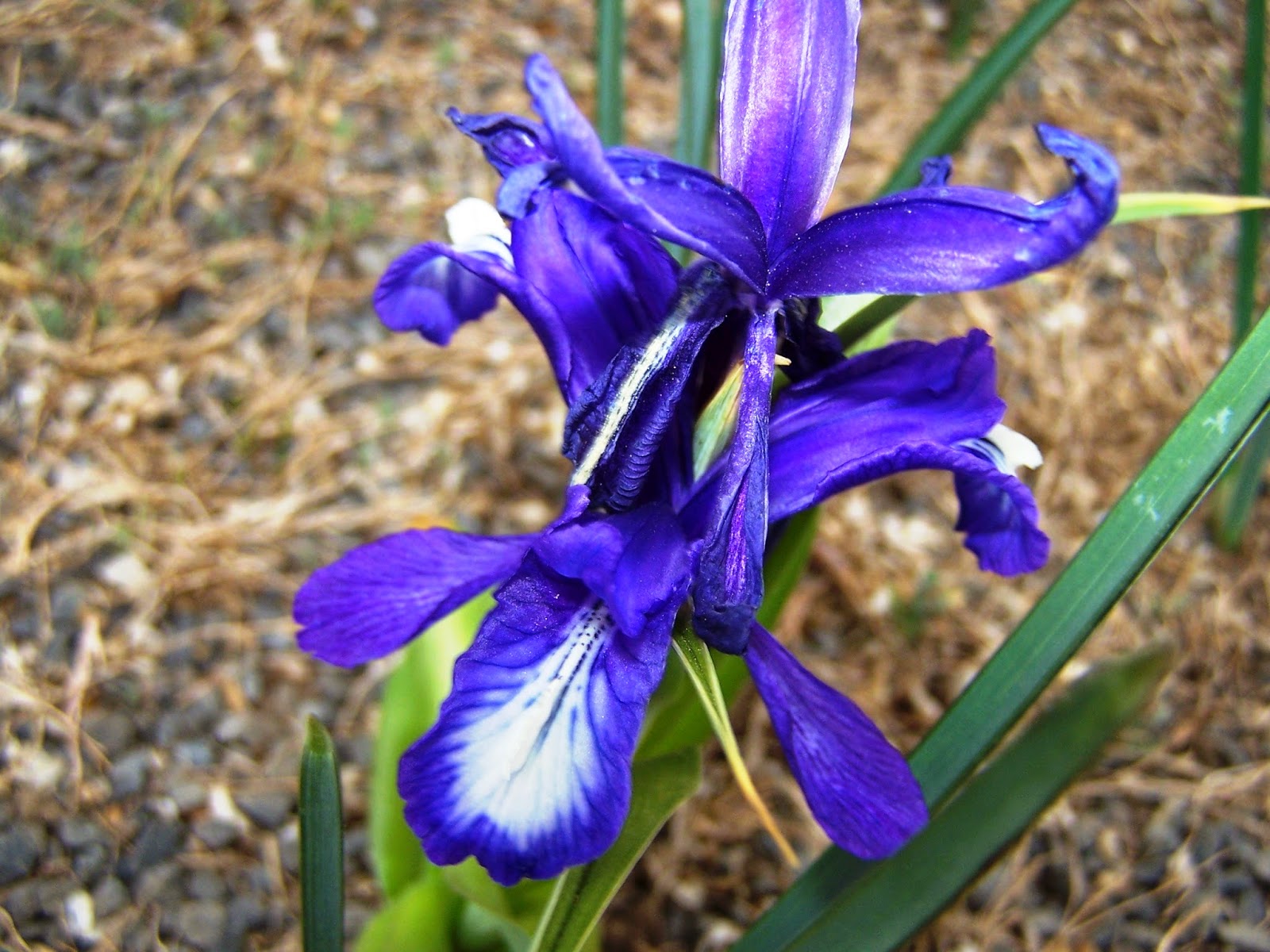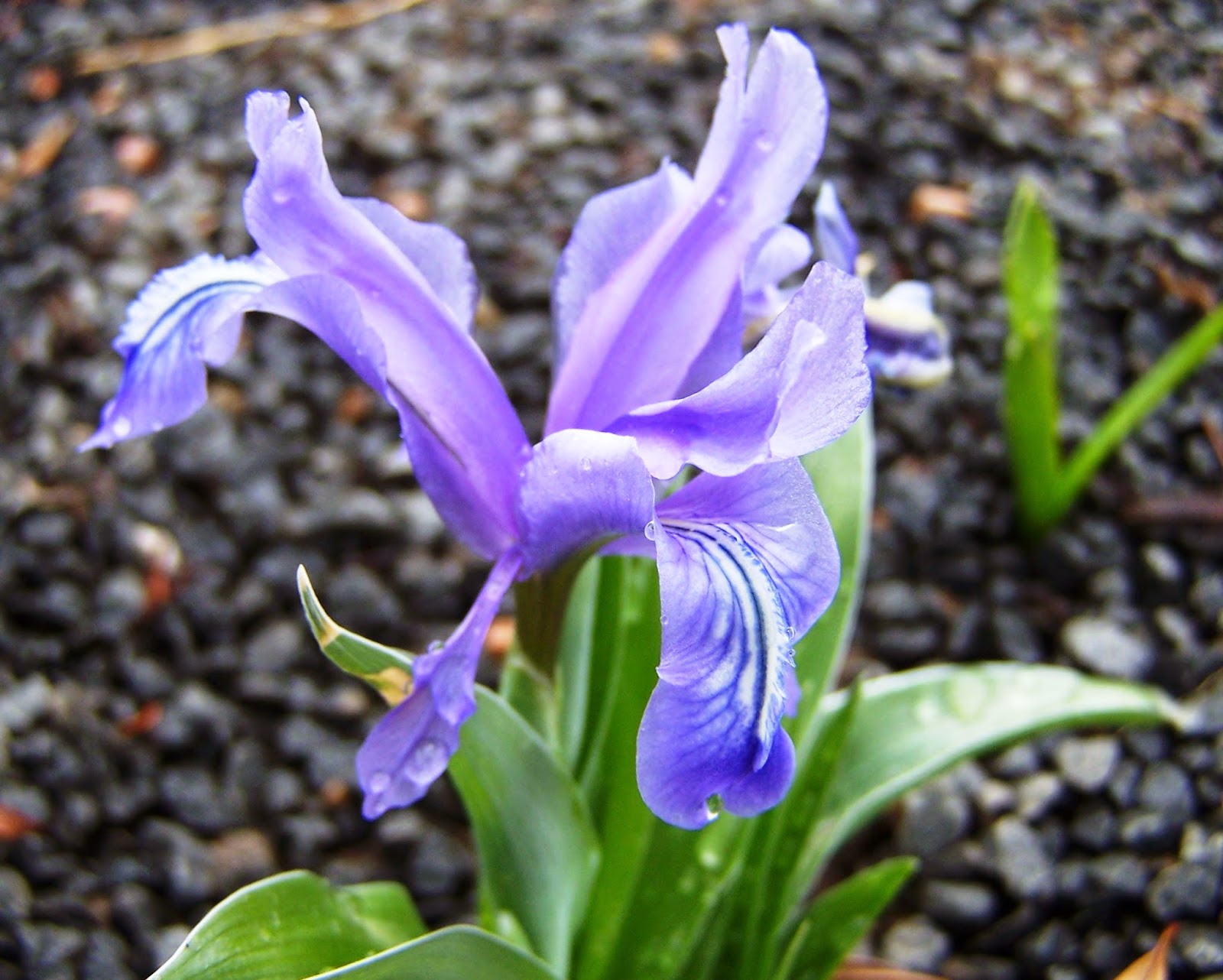![]() |
| Jason Sampson among a few Cycads... |
I've been lucky enough to visit nearly 200 botanic gardens all over the world, and hundeds of amazing horticulturists. Jason Sampson, director of Manie van der Schijff Botanical Garden at the University of Pretoria, has quickly risen to the top of my list of favorites: he is not only an extraordinarily committed and knowledgeable horticulturist, but quite frankly, a Force of Nature! Spending a full day with him here at his work, then on a field trip (that will comprise a later blog) and finally at his lovely home for dinner (yet another blog to come!) constituted one of the highlights of a really stellar three week trip to South Africa this past January.
![]() |
| More cycads and complementary plantings |
As usual, I have WAY too many pictures (believe me I weeded out most) but I was charmed by this botanic garden which is wrapped here and there throughout the gorgeous campus of this University. Some of these pictures represent Jason and his colleagues botanic garden proper, and of course he collaborates with the designers and gardeners in the more gardenesque portions featured here and there as well. There are other great botanic gardens along these lines: Smith College in New England, the Scott Arboretum and of course some of the great English botanic gardens (Oxford and Cambridge to name a few). They could all take a page from Jason's book, as you shall see..
![]() |
| Phyla (possibly cuneifolia?) |
I'm dwelling on these cycad beds not only because the Cycad family is a major focus of this Gardens' collections, but this planting in particular, featuring a variety of groundcovers, shows how "collections" can also be aesthetically pleasing. I wish I could have taken the whole lot with me!
![]() |
| Agapanthus cv. |
Agapanthus are another focus of Pretoria's collections--they have masses of them everywhere in all manner of colors--hybrids and species. I rather like this dwarfish, silvery blue one bred by
Andy de Wet of de Wet plant breeders, he calls it "Lilac Beauty". ![]() |
| Encephalartos lehmanii |
These blue leaved South African cycads are to die for! And handling them you might just do that..
![]() |
| Aloe cooperi |
A few strategic grass aloes here and there: I am particularly fond of this one, that extends high enough here and there in its range to suggest potential hardiness in the inland West (I'm a dreamer, I know...)
![]() |
| Staff hard at work |
Here the staff are busily working: I was impressed with the commitment and enthusiasm of everyone I met there--a hallmark of a dynamic institution.
![]() |
| Jason and Zamia bud |
A closeup of the Boss, showing off a Cycad bud--I believe of the creature below...(Jason will probably review these pictures sometime soon, so some of my wobbly determinations may firm up--check back).
![]() |
Stangeria eriopus |
Strangeria indeed! Quoting Jason directly: "[this] is actually a South African genus (the only other one we have besides Encephalartos) called Stangeria eriopus. It is so fern like that it was included in the genus Lomaria until it coned at Kew Gardens a few years after its initial discovery and classification. Its not truly variegated (oh how I wish!), but its leaves develop these markings when they senesce." Very cool, don't you agree?
![]() |
| Encephalartos woodii (in bondage) |
This poor taxon is always caged wherever it grows, it seems. Only one individual of the species left, and he's a boy. A very lonely boy.
![]() |
| Encephalartos natalensis x woodii |
But he has been crossed with a related species--here's the progeny nearby (this should cheer the chap up a bit).
The climate of Pretoria is said to be "cold" by South African standards. HA!--I'd rate it more subtropical than warm temperate when you see these out--probably year around!
![]() |
| Weaverbird nests |
I have terminal weaverbird envy. I know we have tanagers that weave nests, but not like these!
A striking perennial, and Jason has come through with the name:
Brillantaisia subulugurica. I'm always amused when I hear about the "oldest" profession--which is arguably either hunting and gathering (unless that's just survival). One could persuasively argue that agriculture truly is the oldest profession because 1) unlike hunting and gathering, agriculture was something humans invented rather that did by instinct..(professions should be invented!) 2) until one had agriculture, there was no accumulation of capital and ultimately currency, which in turn allowed for other professions to come into being--like banking, marketing and prostitution--not listed necessarily in their logical sequence. It takes a South African University to set things right!
![]() |
| Gingko and trim beds |
I admired how all the buildings seemed to have aesthetic and distinct plantings that complemented them at this campus: how many American colleges are this thoughtfully planted?
![]() |
| Encephalartos transvenosus |
An enormous and inspiring specimen of a famous Cycad in one of the courtyards. Clivia make for a charming underplanting (not for us, alas!).
There were cycads coning everywhere--I didn't note the species--forgive me: I still had to share!
![]() |
| Eucomis pole-evansii |
One of the largest and most imposting pineapple lilies was blooming for us...
And lots of showy shrub plantings everywhere--mind you this was midsummer and it was still colorful everywhere. This one is a yet undetermined species of
Brillantaisia as well.
This "cold" climate boasted a strangler fig: to quote Jason yet again--"that's a strangler fig. Ficus craterostoma planted in this Acacia galpinii by a (post) doctoral student many decades ago. Oddly enough it may be keeping its host tree alive in a way as that Acacia has wanted to split many times due to age and size but the fig holds it together. Its one of the most picturesque spots in the garden, and we always have people who come to pray here!"
A surreal vista--right out of the Mesozoic! One of the few places designed so you can walk up and look at Lotus close up and personal!
Another view of a lovely pond.
And agapanthus...
I was delighted to see the Mediterranean
Centaurea gymnocarpa along a path: although their collections are understandably predominately South African, they're not pious purists. I'm not a purist either. And this is a great plant indeed.
Is this not an enchanted, prehistoric vision? What a great place.
A great garden needs a cat.
![]() |
| Pelargonium in seed |
I love finding things like this--should have asked Jason if I could pinch a bit.
More vistas--the place is awesome!
A wonderful planting of ferns--look at the impeccable edging everywhere.
A groundcover I failed to note the name of: Acanthaceous I'm sure.
Another moster
Eucomis. This one really does look like a pineapple.
One can never have too many
Diascia in my opinion!
![]() |
| Delosperma ficksburgensis |
This looks suspiciously (as in exactly) like our commonly cultivated form of
D. cooperi. What a mess that genus is!
A large courtyard had been radically changed to make it more comfortable for students (places for them to sit), but care had been taken to preserve plants like the sizable
Podocarpus in the distance--how rarely that happens at most institutions where babies are thrown out with bathwater all the time!
An intriguing mallow I had to include for Kristin Yanker-Hansen--who we horned in on by visiting Jason, and who's responsible for our getting to know him in the first place. She's a mallowphile.
Jason showing the flower on a very special
Barleria...we can't talk about it.
Part of an enormous complex of water gardens, and environmental remediation that Jason helped create when an enormous Engineering College building was built on the main quadrangle of the University. Rather than spending untold millions of rands to shunt the water into storm drainage, it is filtered thtrough a series of fantastic gardens filled with unusual and often unique plants with a tale to tell: this garden has been featured in many publications and is regarded as a model of utilizing horticulture to solve engineering problems. This is called the "Rainwater Harvesting Garden" which specifically feeds water into the irrigation system of the University" to quote Jason yet again.
Closeups of Marsilea and other watery gems: it's a lovely spot.
Not a bad thing to look out on from your class!
Xeric plantings also featured nearby--its a vast complex.
Many unusual perennials...
More views of the water gardens (used to filter and clean the water that emerges and then can be utilized elsewhere on the Grounds).
You must come by and see these gardens if you're in Pretoria way...
Young plants of
Erythrina zeyheri, one of the local South Africans I'm most anxious to try. They wouldn't fit in my suitcase, alas!
Kristin Yanker-Hansen enjoying the garden....
Papyrus is hardy here. Harrumph!
More random shots of these amazing gardens...
My favorite shot of Jason that I took...
I believe this was a lobelia that struck my eye...
The view near the building we were just at at the main quadrangle--impeccably maintained...
Lots of lush plantings here--all unusual plants.
Salvia greggii--our Texas native. A classic here as well as in America.
Formal gardens are not my specialty--but sometimes, they're the best choice. Love these.
That is the Engineering Building where Jason's extraordinary water gardens are found.
A striking Hibiscus--not sure what cultivar.
It looks as though the
Hibiscus were designed with Kristin in mind: isn't the picture with her much more interesting than the plain shot above? Of course, the color coordination of person and plant helps, as does both the Hibiscus' and Kristin's innate charisma (both off the charts)--but I am amazed at how powerful human-plant interactions come across in photos compared to just portraits of one or the other separately. What does it mean? Worth pondering...
More of the botanic gardens plantings--here featuring many agapanthus...
Kristin is studying a few that have been selected for possible introduction...
Comparative agapanthus study...
More views and vistas...
More views and vistas..
A spectacular wall garden featuring South African chasmophytes....in dozens of genera..
The trees interplanted with tree Aloes, that may one day replace them...
Closeup of teh wall--very young still, but full of success stories.
Yet another wall with another aspect.
Jason is introducing us to Phillip Rousseau, a young colleague who's just come aboard to spearhead the Cycad propagation and hybridization programs. This University has one of the largest and most extensive collections of cycads in the world. These are being decimated in the wild by unscrupulous collectors: I have no doubt that their efforts here will help stem the damage done to these magnificent plants in the wild "The Salvation from Depredation is Propagation"....The last sets of pictures show the vast extent of Cycad propagation here--they grow and sell thousands to help fund programs of their own, but also to help reduce pressure on wild cycads over time. I don't think you need my commentary to appreciate the scale, scope and success of what they've accomplished so far. Phillip has much to build from!
The special place where Cycad production begins...
A few insectivorous plants snuck in...
![]() |
| Encephalartos sp. |
Amazing how they germinate the seeds!
![]() |
| Add caption |
![]() |
| Encephalartos sp. seed |
That's it for the University. We drove from there to where another blog ("Cradle of Mankind") shall follow, but I couldn't resist stopping en route to enjoy the Highveldt in its midsummer glory: the powder puff grass below, is Melinis nerviglume which is
Plant Select.
![]() |
| Gas station nature reserve with Melinis sp. |
All of this is in a special preserve built around a gas station complex--highlighting the rare giant toad that is abundant on this property.
![]() |
| Melinis nerviglume and M. repens mixed |
![]() |
| Chironia sp. |
The first wildflower of our trip, a wonderful gentian relative. And a very sweet day indeed!












